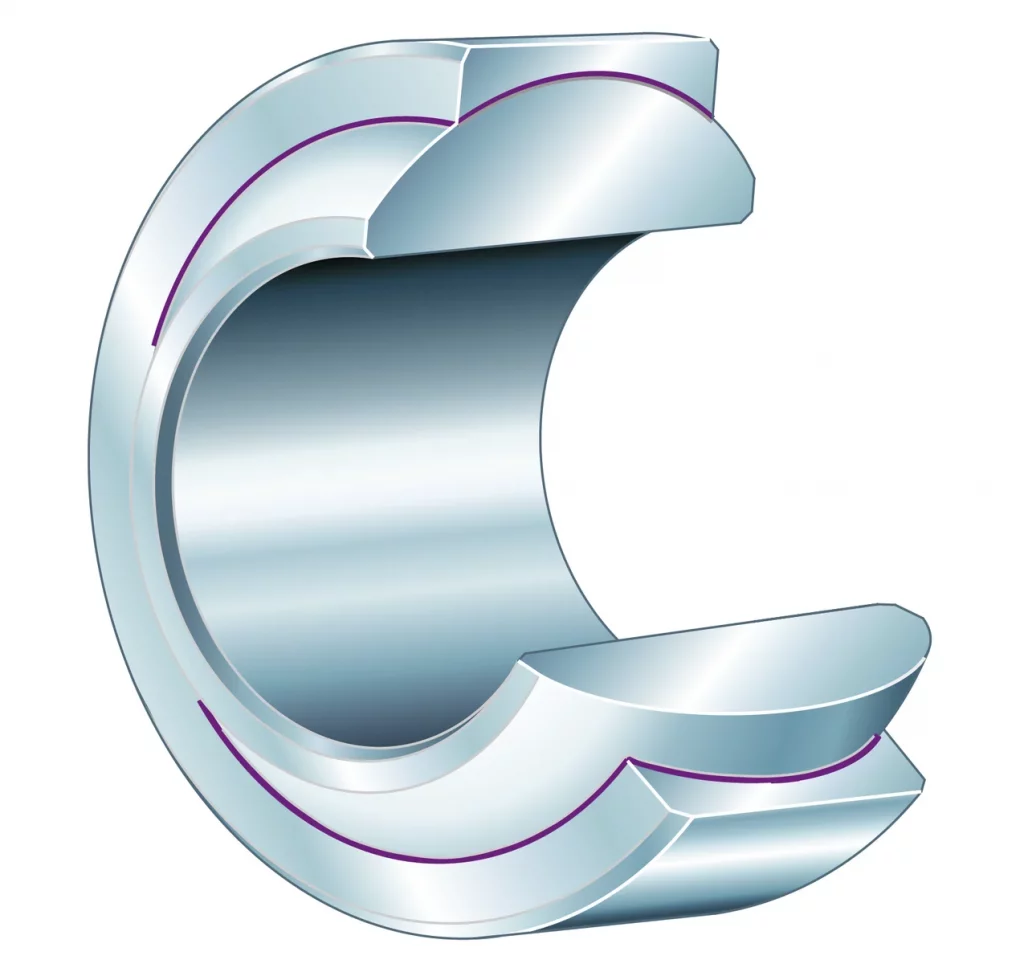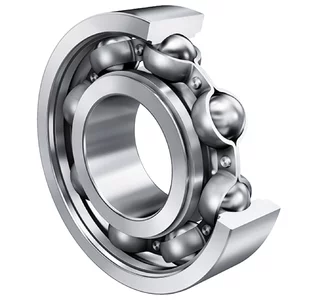
Bearings for Robotics
Types of bearings used in robotics
When we talk about robots and bearings, we can summarize that any bearing can be used in a robotics application.
Robots that mimic human form would have a body, a muscle system, a power source, a brain system, and some kind of sensory system. There are many different forms that one could identify as a robot, in some ways it is almost impossible to comprehensively identify everything that might be a robot. The common element in all robots’ ability to move in a mechanical and or physical way is a bearing of some sort. Examples of robots that would use bearings include a robotic dog, a robot that walks on two legs, battle bots, bomb defusing robots, NASA’s Mars rovers, vacuuming robots, and of course Industrial robots used in manufacturing.

Because most robots have moveable bodies with motorized wheels and many moveable components, many are connected with joints. Robotics bearings used in joints generally oscillate back and forth and may move sideways. When selecting a joint bearing, the first thing that comes to mind is the lubricity needed, which must be able to sustain just back and forth movements without drying out. There are specific greases used for that purpose if using a ball bearing, but using a spherical plain bearing with PTFE liner solves that issue.
One example of joint bearings is the spherical plain bearing, which allows for misalignment and is maintenance-free. It has a sliding layer: PTFE composite, inner ring curved surface with hard chromium coating.
Applications of robotic bearings
As we examine other typical applications for bearings used in robotics, choosing wheel bearings, one popular choice is the standard 6200 radial ball bearing series.

The medium duty series is a perfect solution for wheel bearings used in most moving robots, as they are designed to handle medium loads and can handle both radial and axial loads. This series would handle 95% of most applications unless other circumstances required something else. Seals are particularly important when you specify a bearing for a wheel, and the best seal would be a full contact type to ensure it lasts. PIB bearing offers TPI bearings, which have a patented LLU type seal that prevents the ingress of dust, water, and other contaminants which can cause premature bearing failure.
Sometimes in robots, space limitations make using bearings with a thinner cross section necessary. I would recommend using standard 6700, 6800, or 6900 series ball bearings as an alternative to the 6200 series in cases where this might be necessary. The thin section 61800 and 61900 series bearings are also offered as angular contact bearings, referenced as 71800 and 71900.
The best bearings for a robot arm
One of the most obvious uses for robotic bearings is in robotic arm use in Industrial manufacturing. A typical robotic arm is made of metal components with six or more joints.
Stepper motors, hydraulics, or pneumatics connect to each joint working with a computer to move the arm precisely. Interestingly, the robotic arm moves with about six degrees of range of motion similar to the seven degrees of an actual human arm. Robotics bearings best suited for this type of movement are spherical plain bearings.
Please contact PIB for help with your particular application parameters.









 Short Rigid Couplings
Short Rigid Couplings Controlflex Couplings
Controlflex Couplings Jaw Couplings
Jaw Couplings Oldham Couplings
Oldham Couplings Bearing Locknuts – TCN
Bearing Locknuts – TCN Double Wide Shaft Collars
Double Wide Shaft Collars Heavy Duty Shaft Collars
Heavy Duty Shaft Collars International Series Shaft Collars
International Series Shaft Collars Keyed Shaft Collars
Keyed Shaft Collars Mountable Shaft Collars
Mountable Shaft Collars Quick Clamping Shaft Collars
Quick Clamping Shaft Collars Set Screw Shaft Collars
Set Screw Shaft Collars Thin Line Shaft Collars
Thin Line Shaft Collars Threaded Shaft Collars – Pacific International Bearing Products
Threaded Shaft Collars – Pacific International Bearing Products Two-Piece Shaft Collars
Two-Piece Shaft Collars Friction Bearing Universal Joints
Friction Bearing Universal Joints Needle Bearing Universal Joints
Needle Bearing Universal Joints